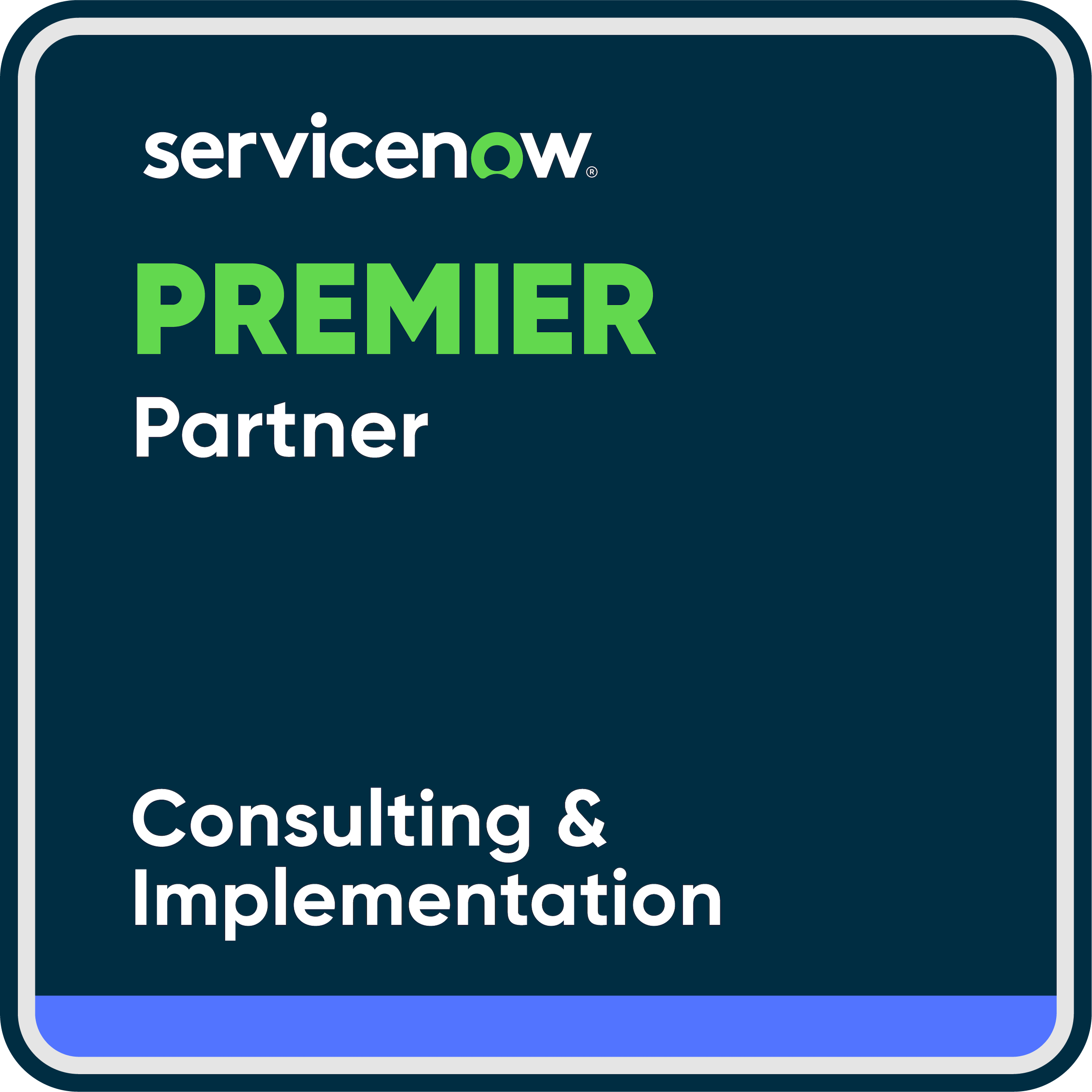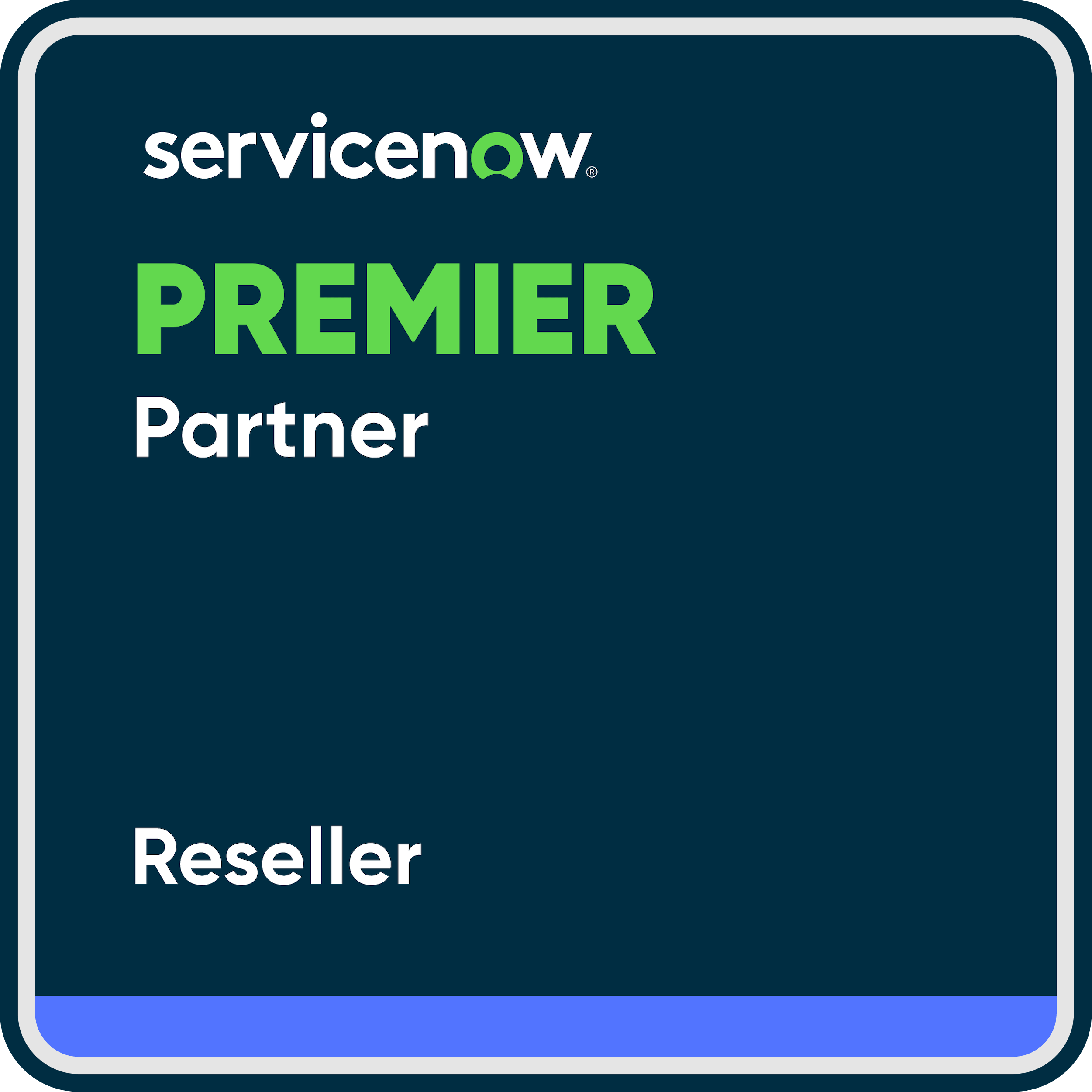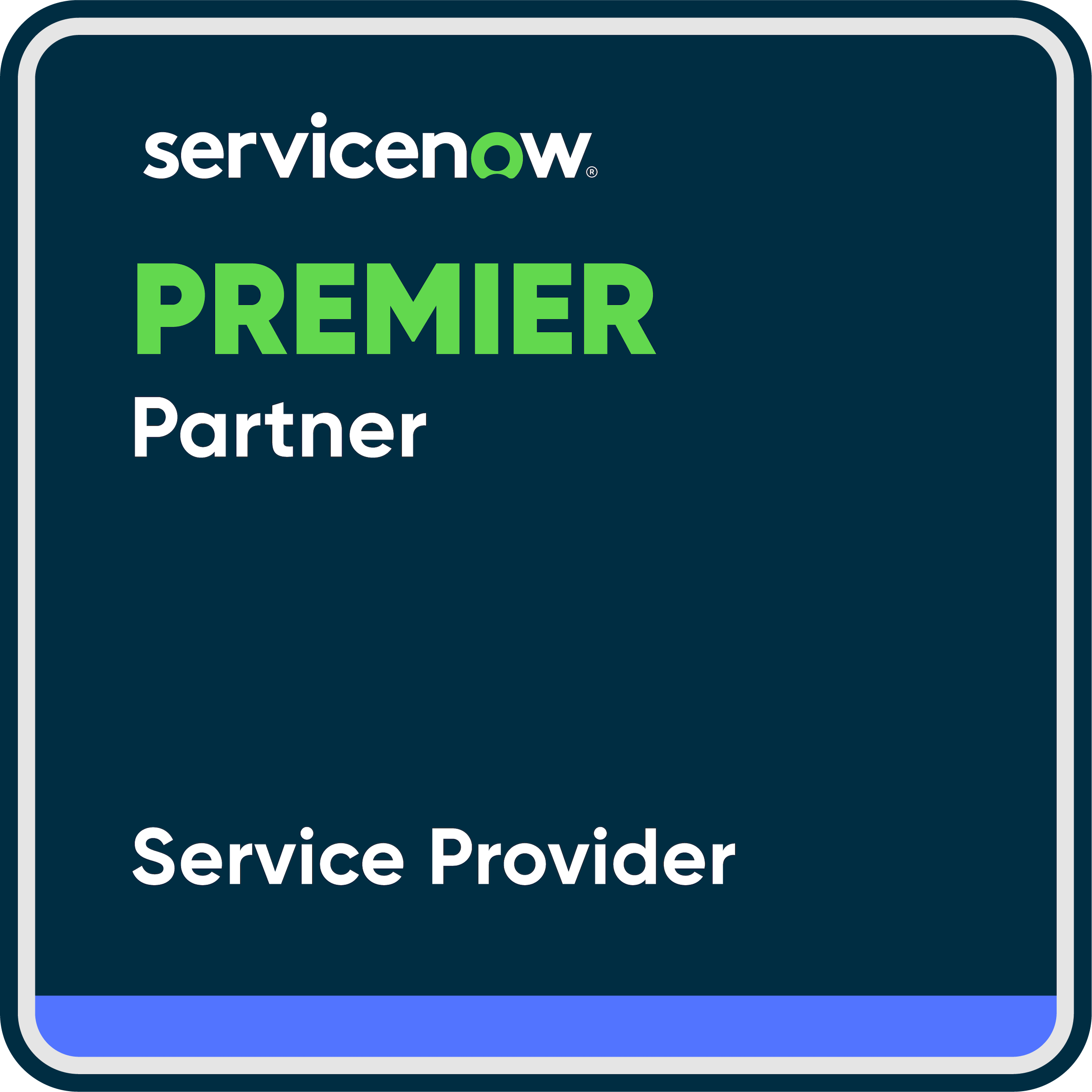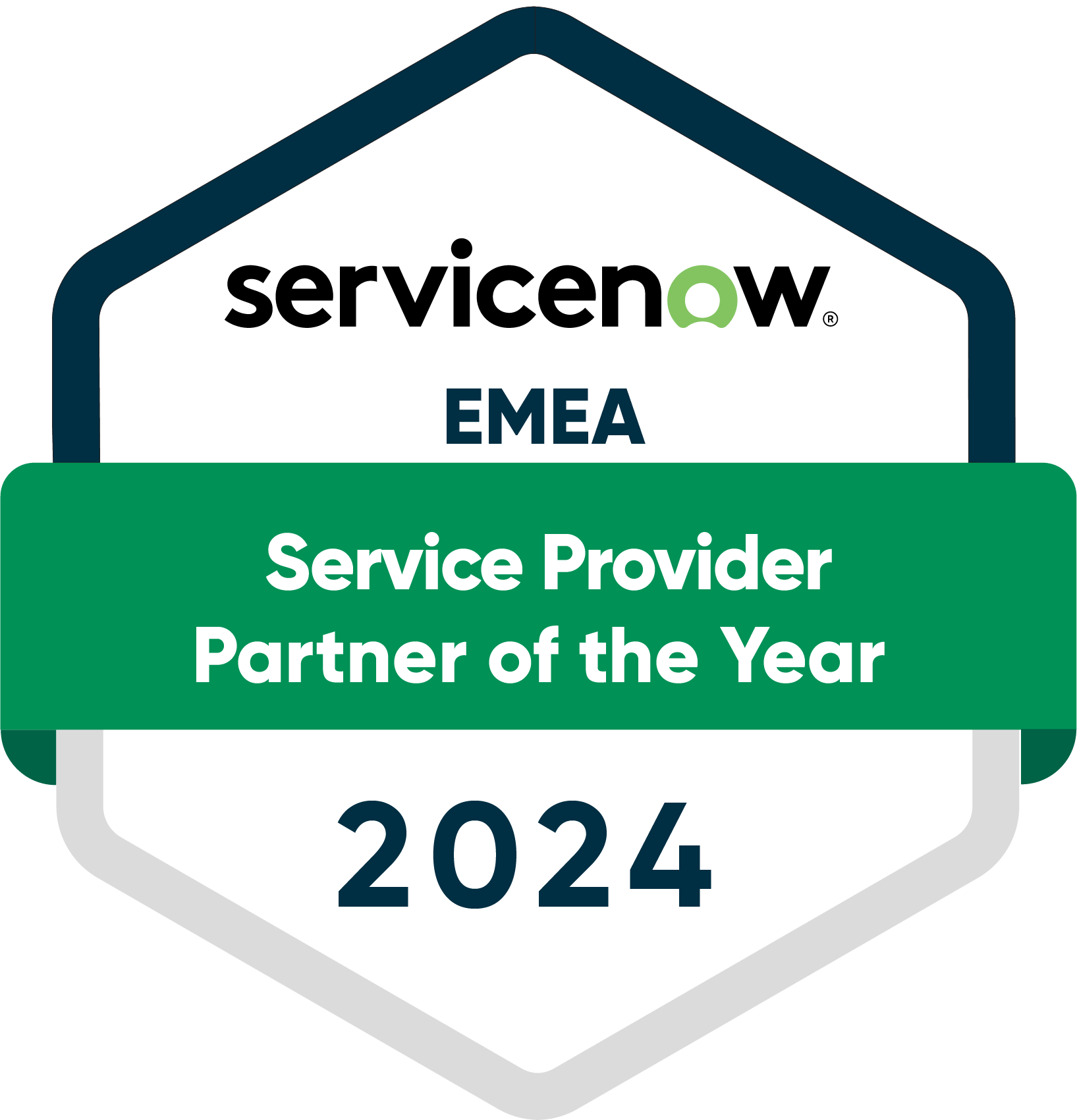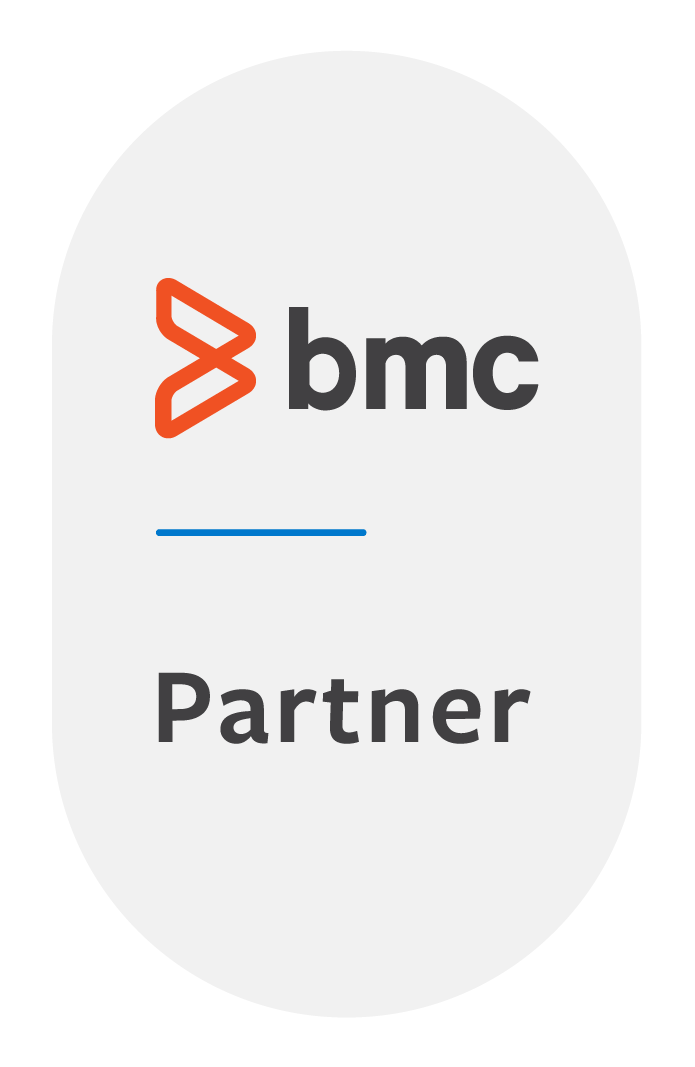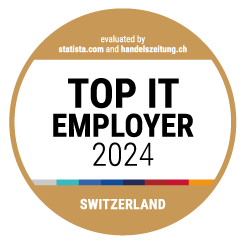Author: Robby Dick, BMC Software
Although the terms job scheduling and workload automation are not new, the differences between the two types of software are not always clear. In this blog article, we take a closer look at both terms and take a complementary look at the newer term application workflow orchestration and how it fits in.
Job Scheduling Software
Job scheduling packages are used to automate batch jobs on a single system. All major operating system (OS) platforms have a job scheduler built into them, for example the Windows Task Scheduler for the Windows OS platform. Job schedulers are generally platform-specific and configured to submit batch jobs for execution according to a pre-defined schedule or after a dependent event occurs. Some examples of dependent events that can submit jobs in a job scheduler are specific days and times of the week (e.g., Monday at 10 a.m., Tuesday at 3 a.m.), specific days of the month (e.g., the last day, the first Monday, or the 15th of a month), or the completion of another batch job.
Traditional job scheduling software generally runs jobs only on one machine, which introduces a number of problems for organizations, including:
- Siloed solutions: Lack of coordination between job schedulers running on different OSs, or even on different systems running the same OS, can cause critical related jobs not to run at all or run out of sequence. Job schedulers generally don’t talk or work with each other across platforms natively.
- Complexity: Scheduling jobs and performing maintenance becomes more complicated as several schedulers manually enter data on different OSs, increasing the possibility of errors and the time required by IT personnel to perform these duties.
- Manual intervention: Job schedulers frequently require manual intervention to correct problems between related scheduled processes on different machines, such as when a file is created on one machine and sent via FTP to a second machine to be processed.
- Programming resources: Job scheduling frequently requires additional scripting or programming to fill in gaps that occur when coordinating processes between machines and OSs.
Workload Automation Software
Enterprise workload automation software addresses these challenges by offering critical process enhancements to traditional job scheduling software, such as:
- Consistency: One standard graphical interface is used for configuring workloads on different servers versus having to configure job entries in several different packages.
- Better visibility and control: Centralized control is available for scheduling and running different workloads on different servers, providing a single point of control and an enterprise-wide view of all active jobs and job run histories for processes controlled by the software.
- Faster workload deployments: The software automatically promotes new workflows from testing to QA to production, eliminating the need to repeat manual configurations (which can cause errors) when going live.
- Enhanced data and analytics: You can schedule data pipeline workflows using the latest technologies.
- Simpler programming: IT no longer has to use manual scripting or programming since job dependencies are supported by the enterprise workload automation software, not by different schedulers, OSs, or the programming department.
- Fewer errors: Coordination between scheduled, co-dependent processing running on different servers is improved, resulting in fewer errors occurring when jobs run out of sequence, or a critical job fails.
- Improved service level agreements (SLAs): Schedule changes are integrated to help coordinate resource commitments and forecast job completion times, ensuring that jobs will finish on time and satisfy SLAs.
- Optimized staff time: Less time is needed to configure, monitor, and respond with a single workload automation system than is needed for multiple separate job scheduler installations.
Enterprise workload automation solutions are to job scheduling software what a Tesla is to a 1966 Volkswagen Beetle. Both workload automation solutions do the same basic job (scheduling and running of jobs and processes), but you can do more, and do it much better, with the former in both situations. An enterprise workload automation solution is much more than a souped-up job scheduler: it’s a significant improvement in the entire implementation of job and workload scheduling.
Application Workflow Orchestration
The very best platforms have evolved to provide application workflow orchestration support for today’s modern use cases. They are also flexible and powerful enough to help organizations evolve to become Autonomous Digital Enterprises (ADEs).
Application workflow orchestration defined:
Business applications are at the heart of digital transformation. Workflow implies a series of steps that make up a business service delivered by applications. Orchestration is the automated coordination and management. Application workflow orchestration ensures the steps of a data or application workflow are carried out in the correct sequence and at the correct time (i.e., at a specific hour/day, or for a specific event) supporting the successful delivery of a business service.
A good application workflow orchestration platform will help organizations:
- Accelerate new business applications into production by embedding workflow orchestration in continuous integration/continuous deployment (CI/CD) pipelines
- Scale Dev and Ops collaboration with a Jobs-as-Code approach
- Simplify workflows across hybrid and multi-cloud environments, with integrations to leading cloud platforms including Amazon Web Services (AWS), Azure, and Google Cloud Platform
- Deliver data-driven outcomes faster, managing data pipeline workflows in a scalable way
- Take control of file transfer operations with integrated, intelligent file movement and visibility
- Consume automation on-premises and as a service
Learn More About Workload Automation
This blog provides a basic understanding of the differences between job schedulers, enterprise workload automation solutions, and application workflow automation platforms. To learn more about application workflow orchestration, visit BMC Control-M, BMC Software’s award-winning workload automation platform.
Our experts for Workload Automation and BMC Control-M will also be happy to answer any further questions or provide personal advice and show you the possibilities for your project. Let us know what challenge you want to tackle – whether you just want to find out more or want to get started right away: Request personal advice



